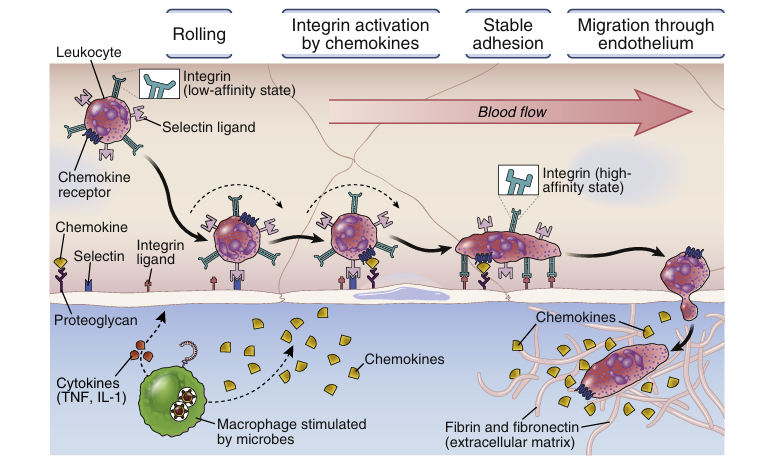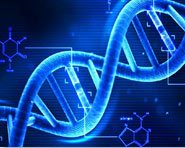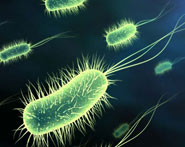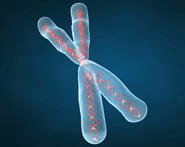


 النبات
النبات
 الحيوان
الحيوان
 الأحياء المجهرية
الأحياء المجهرية
 علم الأمراض
علم الأمراض
 التقانة الإحيائية
التقانة الإحيائية
 التقنية الحيوية المكروبية
التقنية الحيوية المكروبية
 التقنية الحياتية النانوية
التقنية الحياتية النانوية
 علم الأجنة
علم الأجنة
 الأحياء الجزيئي
الأحياء الجزيئي
 علم وظائف الأعضاء
علم وظائف الأعضاء
 الغدد
الغدد
 المضادات الحيوية
المضادات الحيوية|
Read More
Date: 2025-02-23
Date: 2025-03-19
Date: 6-11-2015
|
Neutrophils and monocytes migrate to extravascular sites of infection or tissue damage by binding to venular endothelial adhesion molecules and in response to chemoattractants produced by tissue cells reacting to infection or injury. Leukocyte migration from the blood into tissues is a multistep process in which initial weak adhesive interactions of the leukocytes with endothelial cells are followed by firm adhesion and then transmigration through the endothelium (Fig. 1).

fig1.Sequence of events in migration of blood leukocytes to sites of infection. At sites of infection, macrophages, dendritic cells, and other cells that have encountered microbes produce cytokines such as tumor necrosis factor (TNF) and interleukin-1 (IL-1) that activate the endothelial cells of nearby venules to express selectins and ligands for integrins and to secrete chemokines. Selectins mediate weak tethering and rolling of blood neutrophils on the endothelium, integrins mediate firm adhesion of neutrophils, and chemokines activate the neutrophils and stimulate their migration through the endothelium to the site of infection. Blood monocytes and activated T lymphocytes use the same mechanisms to migrate to sites of infection.
If an infectious microbe breaches an epithelium and enters the subepithelial tissue, resident dendritic cells, macrophages, and other cells recognize the microbe and respond by producing cytokines. Two of these cytokines, TNF and IL-1, act on the endothelium of venules near the site of infection and initiate the sequence of events in leukocyte migration into tissues.
• Rolling of leukocytes. In response to TNF and IL-1, venular endothelial cells express an adhesion molecule of the selectin family called E-selectin. Other stimuli, including thrombin, cause rapid translocation of P-selectin to the endothelial surface. (The term selectin refers to the carbohydrate-binding, or lectin, property of these molecules.) Circulating neutrophils and monocytes express surface carbo hydrates that bind specifically to the selectins. The neutrophils become tethered to the endothelium, f lowing blood disrupts this binding, the bonds reform downstream, and this repetitive process results in the rolling of the leukocytes along the endothelial surface.
• Firm adhesion. Leukocytes express another set of adhesion molecules that are called integrins because they integrate extrinsic signals into cytoskeletal alterations. Leukocyte integrins, such as LFA-1 and VLA-4, are present in a low-affinity state on unactivated cells. Within a site of infection, tissue macrophages and endothelial cells produce chemokines, which bind to proteoglycans on the luminal surface of endothelial cells and are thus displayed at a high concentration to the leukocytes that are rolling on the endothelium. These immobilized chemokines bind to chemokine receptors on the leukocytes and stimulate a rapid increase in the affinity of the leukocyte integrins for their ligands on the endothelium. Concurrently, TNF and IL-1 act on the endothelium to stimulate expression of ligands for integrins, including ICAM-1 and VCAM-1. The firm binding of integrins to their ligands arrests the rolling leukocytes on the endothelium. The cytoskeleton of the leukocytes is reorganized, and the cells spread out on the endothelial surface.
• Leukocyte migration. Leukocytes adherent to the endothelium crawl to and then through the junctions between endothelial cells, exiting the blood vessels. Within the tissue, leukocytes migrate along extracellular matrix fibers, directed by concentration gradients of chemoattractants, including chemokines, bacterial formyl peptides, and complement fragments C5a and C3a. The concentrations of these chemoattractants are highest where the microbes are located, and leukocytes have receptors for these molecules that stimulate migration toward their source. The sequence of selectin-mediated rolling, integrin-mediated firm adhesion, and chemokine-mediated motility leads to the migration of blood leukocytes to an extravascular site of infection within minutes after the infection. , the same sequence of events is responsible for the migration of activated T lymphocytes into infected tissues.) Inherted deficiencies in integrins and selectin ligands lead to defective leukocyte recruitment to sites of infection and increased susceptibility to infections. These disorders are called leukocyte adhesion deficiencies (LADs).
The phagocytes work together with plasma proteins that have entered the site of inflammation, such as complement proteins, to destroy the offending agents. In some infections, blood leukocytes other than neutrophils and macrophages, such as eosinophils, may be recruited to sites of infection and provide defense against the pathogens.



|
|
|
|
للعاملين في الليل.. حيلة صحية تجنبكم خطر هذا النوع من العمل
|
|
|
|
|
|
|
"ناسا" تحتفي برائد الفضاء السوفياتي يوري غاغارين
|
|
|
|
|
|
|
نحو شراكة وطنية متكاملة.. الأمين العام للعتبة الحسينية يبحث مع وكيل وزارة الخارجية آفاق التعاون المؤسسي
|
|
|